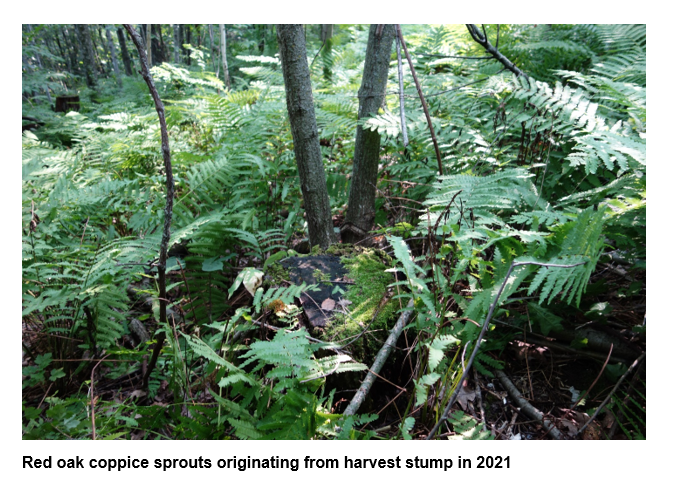Overview
In Minnesota DNR’s Lewiston forestry administrative area, a common prescription for regeneration of mature oak stands has been to underplant oak seedlings before a regeneration timber harvest. We wanted to do an assessment of how well the practice had met oak regeneration objectives by gathering current data on several sites that had been underplanted with oak. This study is an assessment of oak regeneration and overall stand condition in 2021 (13 years after planting and harvest) for one of those sites.
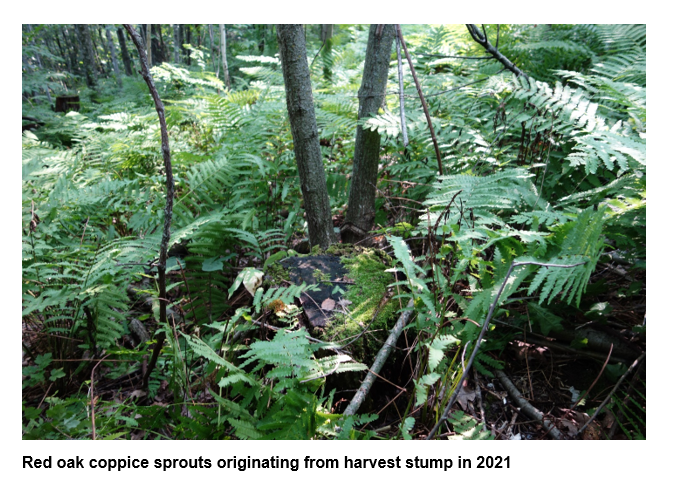
Figure 1: red oak coppice sprouts originating from harvest stump in 2021.
Silviculture Objective(s)
The goal for this site is to regenerate a mature oak stand to a young stand of similar composition by underplanting oak seedlings before a regeneration harvest, taking advantage of lower planting costs and the vigorous resprouting characteristics of oak seedlings.
Background on typical oak regeneration through pre-harvest underplanting prescription:
- Seedlings are planted prior to harvest (instead of after) because:
- They become established for a year or two, helping them be better able to grow and compete with other vegetation after exposure of the site to full sunlight post-harvest.
- It is extremely difficult and expensive to plant seedlings after a harvest, with heavy amounts of slash on the ground.
- Species such as black walnut are mixed into plantings if appropriate for the site.
- Most often, the harvest prescription has been a clearcut with reserves, although there have been some shelterwood harvests.
- Damage to underplanted seedlings during harvesting is usually modest. The young stems are pretty flexible and most often survive being run over by a skidder by bending but not breaking. Those that do break off generally resprout and exhibit the rapid juvenile growth associated with sprout origin stems.
- Crop tree release of desirable young regeneration, along with thinning of oak stump sprout clumps has typically been accomplished 8 to 15 years after the harvest.
Pre-treatment stand description and condition
Stand establishment and management history:
The pre-treatment stand was established after cessation of regular fire on the landscape after Europena settlement. Stand age was probably in the 100 to 120 year old range.
Pre-treatment species composition:
Table 1 shows that pre-treatment conditions consisted of a mature oak stand with small volumes of a number of other hardwood species.
Table 1: Appraised timber volume by species from 2008 timber permit for 69 acre treatment area
|
Species |
Volume (MBF) |
|
Red Oak |
217.5 |
|
White Oak |
16.0 |
|
Central Hardwoods |
12.4 |
|
Black Oak |
10.1 |
|
Trembling Aspen |
5.3 |
|
Bur Oak |
3.8 |
|
Basswood |
2.6 |
|
Paper Birch |
2.6 |
|
Black Walnut |
0.8 |
|
Total |
271.1 |
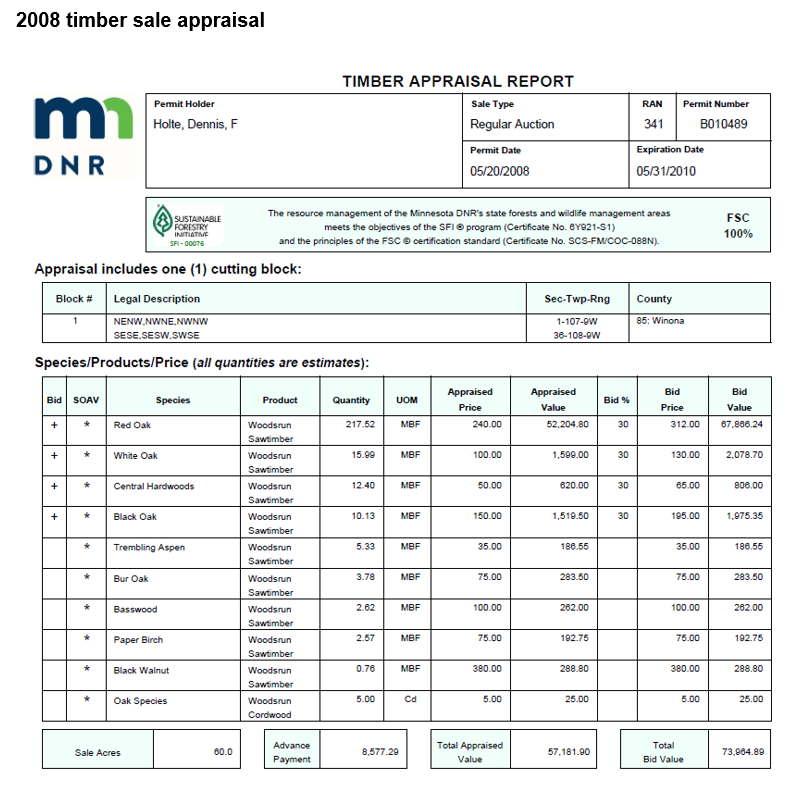
Figure 1: 2008 timber sale appraisal.
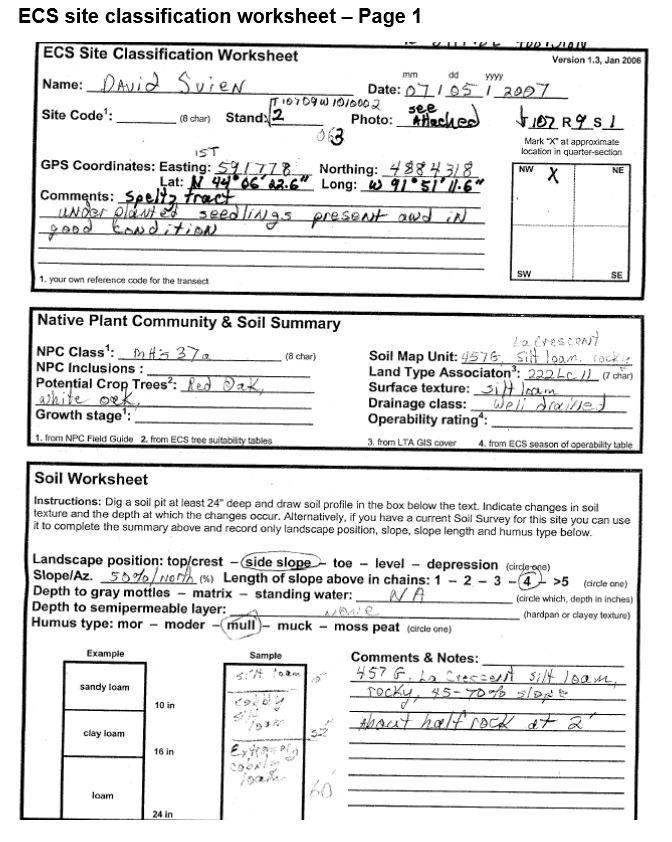
Figure 2: ECS site classification worksheet, page 1
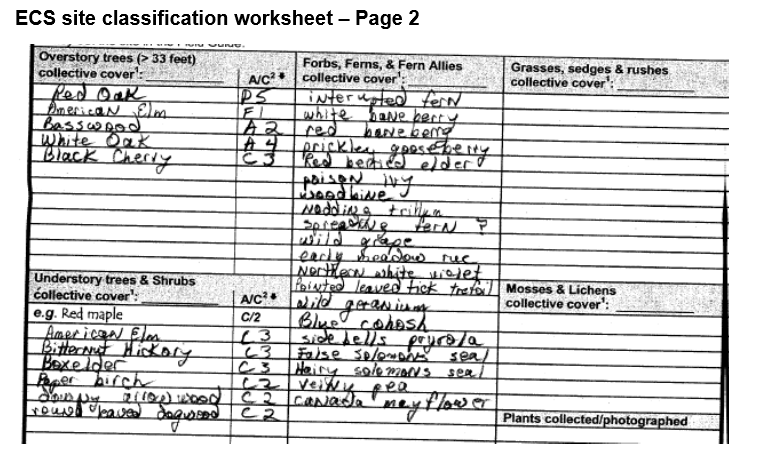
Figure 3: ECS site classification worksheet, page 2
Landowner objectives/situation:
While specific objectives vary from parcel to parcel, lands under the administration of DNR-Forestry are managed in alignment with Section Forest Resource Management Plans (SFRMP) to ensure that state forest management activities meet statewide goals for ecological protection, timber production, wildlife habitat and cultural/recreational values. The DNR assembles teams from the Divisions of Forestry, Fish & Wildlife, and Ecological & Water Resources who work with partners and the public to develop SFRMPs.
The Minnesota DNR goal for oak forest acreage at the time of project initiation was to maintain as much of it as possible through regeneration of mature stands.
Silviculture Prescription
The following series of treatments were implemented:
|
Treatment |
Date |
Description |
Acres Treated |
|
Silvicultural assessment and timber sale appraisal |
2006 and 2007 |
Timber was appraised for sale, data was obtained on stems of existing regeneration, and the stand was assessed to determine a silvicultural strategy. |
NA |
|
Underplanting |
April 2007 |
Bareroot seedlings were underplanted prior to anticipated harvest at approximately 8’ x 7’ spacing. Target density was 750 stems per acre. Records do not indicate whether the species mix was random across the site, or whether species were targeted for certain portions of the site. Species:
|
55 |
|
Clearcut with reserves harvest |
November 2008 -February 2009 |
Trees greater than 12 inches DBH harvested in a commercial clearcut with reserves harvest. Scattered trees and patches of larger bur, white, red, and black oak and black walnut reserved for mast production as a seasonal wildlife food source, to provide den and roost trees, and also as a seed source for regeneration. |
60 |
|
Post-sale killing of undesirable competing trees |
October-November 2009 |
Stems of undesirable competing trees (boxelder, elm and ironwood) were killed by girdling with a chainsaw, and applying Tordon herbicide to the girdle wound. |
55 |
|
Crop tree release, oak sprout clump thinning and invasive species control |
January - March 2019 |
Crop tree release: Release up to 150 well-formed desirable hardwood crop trees per acre 3 ft. and taller from competing woody vegetation. • Order of crop tree preference for release: Walnut, Oak, Shagbark Hickory, Bitternut Hickory, healthy Butternut, Cherry, Hackberry, Sugar Maple, Silver Maple, Basswood, Paper Birch and Aspen. • Competition control must be completed to allow >50% sunlight to each crop tree. Sprout thin: Mechanically cut stump sprout(s) of crop trees to the one best formed sprout near the base of the stump. Invasives control: Treat the following with herbicide: all buckthorn, black locust, honey locust, multiflora rose, amur (ginnala) maple and honeysuckle taller than 3 feet , and barberry taller than 2 feet. Cut all Oriental bittersweet and grape vines 1 inch diameter and larger and treat stems with herbicide. |
69 |
What actually happened during the treatment
As far as we can tell now from existing records, everything went largely to plan.
Post-treatment assessment
The silvicultural prescription of pre-harvest underplanting, a clearcut with reserves harvest, and crop-tree release about 10 years after harvest has resulted in a young stand consisting of mixed hardwood regeneration that is a good ecological fit for the site as of 2021
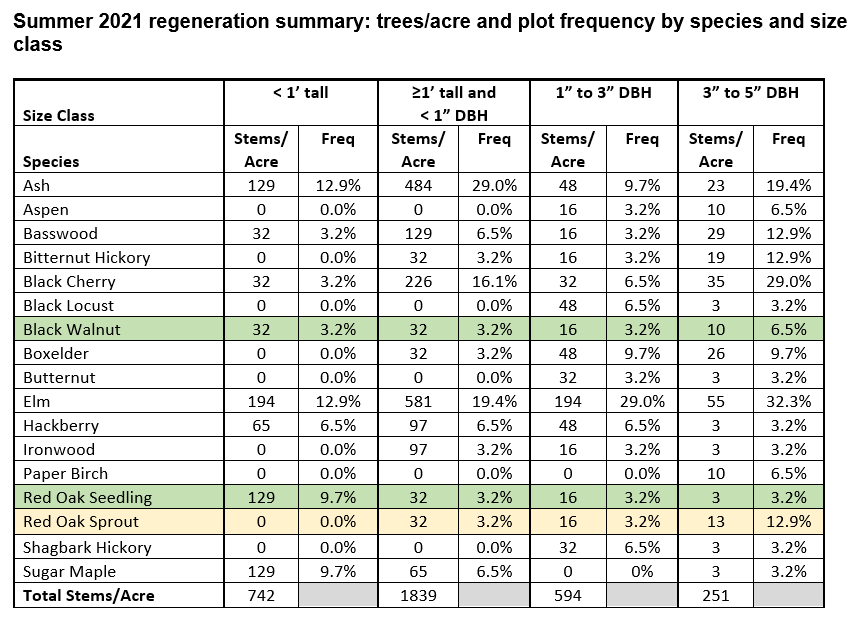
Figure 4: summer 2021 regeneration summary: trees/acre and plot frequency by species and size class.
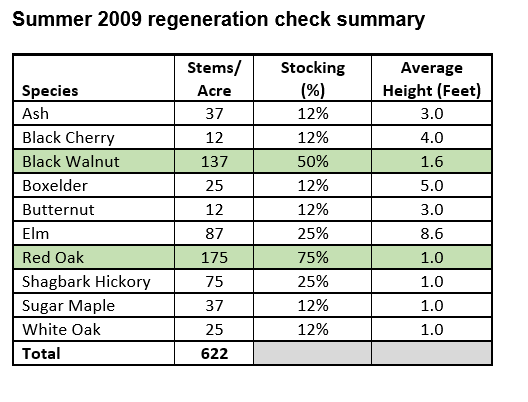
Figure 5: summer 2009 regeneration check summary.
Regeneration
As shown in Figure 5, in the growing season immediately following regeneration harvest (2009), there was good establishment of site-appropriate regeneration with 622 stems per acre. Roughly half of those seedlings were red oak, black walnut, and white oak. The red oak and black walnut regeneration density represents approximately 42% of what was underplanted.
13 years after initial treatment (2021), the stand contains a mixture of desirable hardwood regeneration that is a good ecological fit for the site, including black cherry, basswood, shagbark hickory, hackberry, red oak, black walnut, bitternut hickory and sugar maple (Figure 4). Unlike 2009, white oak is not present in regeneration surveys in 2021. A fair number of seedlings and saplings are above deer browse, with some clearly at “free to grow” status. There are also components of non-crop trees present including ash, elm, boxelder, black locust, ironwood, aspen, paper birch and butternut.
It is important to note that while this is now well on its way to becoming a healthy mixed central hardwoods stand, the oak component is considerably less than we were hoping for, and the majority of the larger stems of oak regeneration present are of coppice origin. This is in spite of the early post-planting regeneration data in 2009 showing the establishment of good oak stocking of planted and natural red oak seedlings. The oak mortality between the years 2009 and 2021 indicates clearly that release of oak from competition (and probably also deer browse protection) early in stand development was needed to recruit oak into larger size classes.
Foresters will continue to monitor and assess the site over time. They will have some opportunity to adjust species mix as desired through future crop tree release/thinning treatments.
Residual overstory trees
We were most interested in regeneration for this study, so residual overstory trees are not a major part of the story here. However, we want to include data on residual overstory trees to give a full picture of site conditions. The data in Figure 6 shows basal area of residual tree stems in the study area.
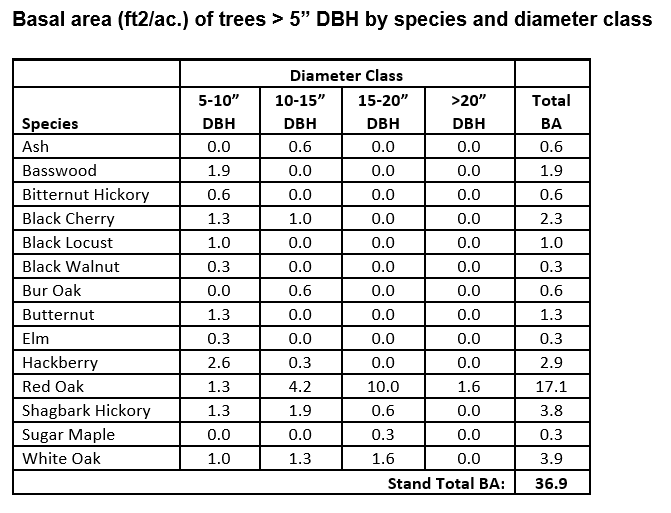
Figure 6: Basal area (ft2/acre) of trees >5" DBH by species and diameter class

Figure 7: Buckthorn stems/acre and plot frequency by size class in 2021.
Understory plants
As shown by the plant list in Figure 3, understory plants found on site during the ECS site classification in 2007 were typical of the Southern Dry-Mesic Oak Forest (MHs37) plant community.
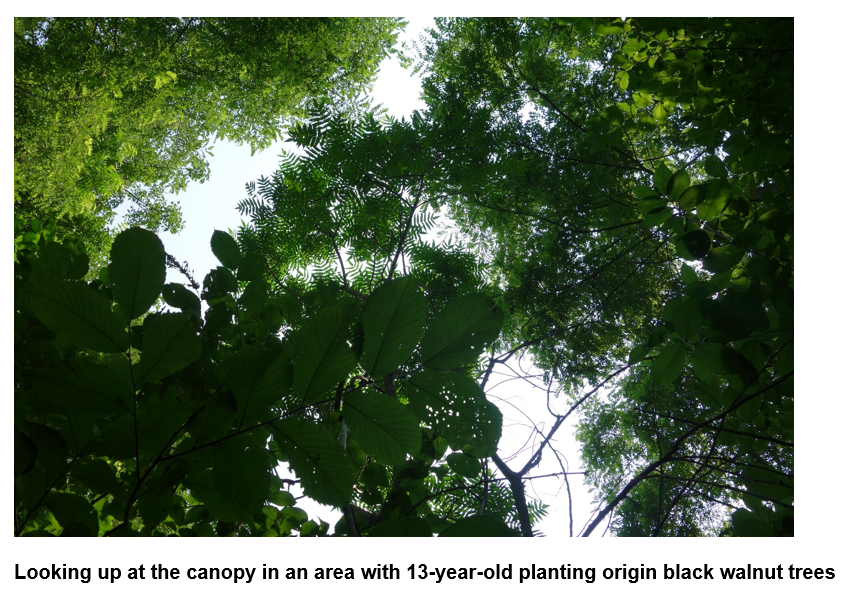
Figure 8: looking up at the canopy in an area with 13-year-old planting-origin black walnut trees.
Invasive species
Black locust: In spite of past control efforts, there is at least one patch of black locust regeneration in the stand as of 2021.
Buckthorn: In spite of past control efforts, there is some buckthorn on about 20% of this site as of 2021. See Figure 9.
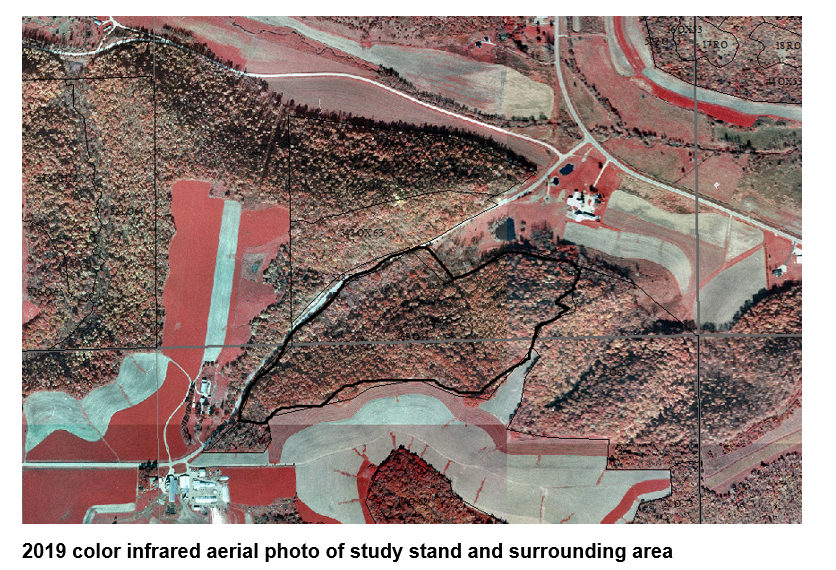
Figure 9: 2019 color infrared aerial photo of study stand and surrounding area.
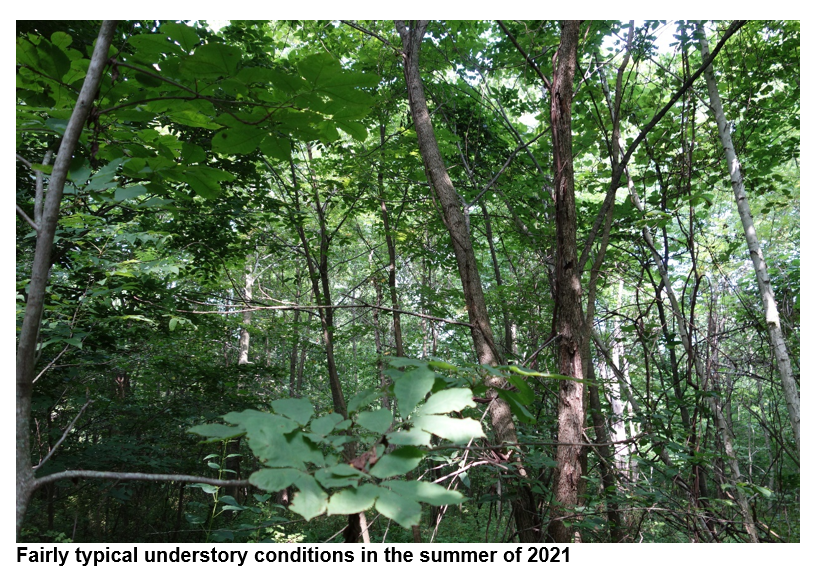
Figure 10: Fairly typical understory conditions in the summer of 2021.
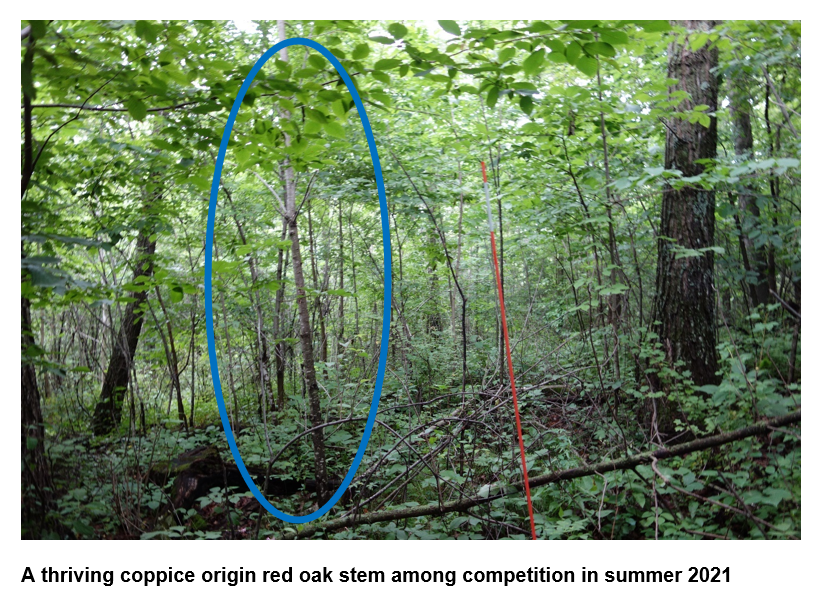
Figure 11: A thriving coppice-origin red oak stem among competition in summer 2021
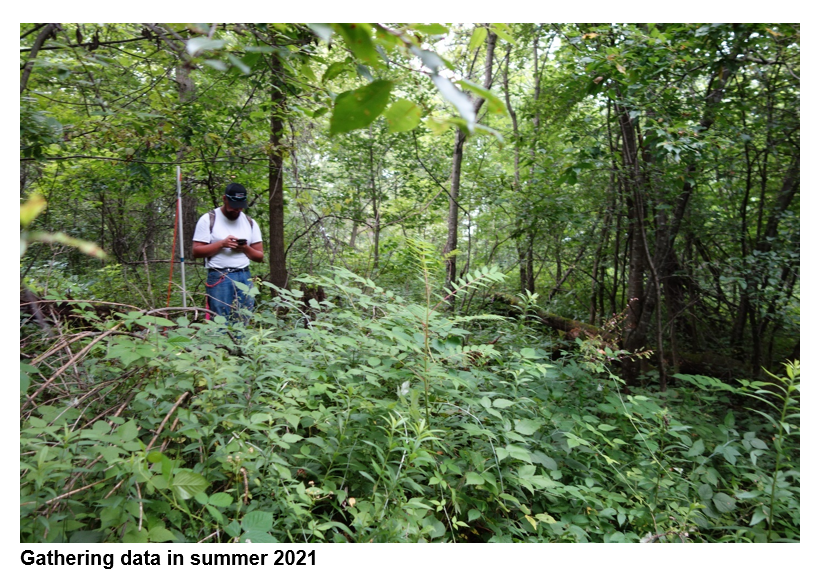
Figure 12: Gathering data in summer 2021
Plans for future treatments
Monitor the stand through periodic inventory surveys. Harvest and regenerate the stand when it is chosen by the planning process. Control invasive species if necessary.
Costs and economic considerations
Costs
Underplant red oak & black walnut: $181.50/acre – 2007 dollars
Post sale TSI: $ 83.63/acre - 2009 dollars
Crop tree release and oak stump sprout thinning: $394.67/acre – 2019 dollars
Total costs: $659.80/acre
Revenue
Timber sale revenue: $1,232.78/acre – 2008 dollars
Total revenue: $1,232.78/acre
Other notes
The 2019 crop tree release work was accomplished with special funding for habitat enhancement obtained from the Lessard-Sams Outdoor Heritage Fund.
Summary / lessons learned / additional thoughts
The silvicultural prescription of pre-harvest underplanting, a clearcut with reserves harvest, and crop-tree release about 10 years after harvest has resulted in young mixed hardwood regeneration that is a good ecological fit for the site.
13 years after initial treatment, there is a mixture of hardwood crop tree regeneration that is a good ecological fit for the site. A fair number of these seedling and sapling stems are above deer browse, with some clearly at “free to grow” status. There is also a mixture of non-crop-tree regeneration.
However, the oak component is considerably less than we were hoping for. And the majority of the larger stems of oak regeneration present in 2021 are of coppice, not planting origin. This is in spite of early post-planting regeneration data in 2009 showing the presence of good numbers and stocking of red oak seedlings.
The oak mortality between the years 2009 and 2021 indicates clearly that additional release from understory competition in the early years after planting (and probably also deer browse protection) would have been necessary for more oaks to have recruited into larger size classes.
This is consistent with findings in a number of other case studies. The crop tree release work 10 years after harvest was critical for allowing existing regeneration of oaks and other desirable shade-intolerant species to survive and thrive. An earlier release would have been even better.
NOTE: Crop tree release work was accomplished with special funding for habitat enhancement obtained from the Lessard-Sams Outdoor Heritage Fund.
We gratefully acknowledge review and editing assistance from MNDNR – Forestry Silviculture Program Coordinator Mike Reinikainen.
